GCF Teacher Guides -
Getting Started with Google Classroom

GCF Teacher Guides
Getting Started with Google Classroom


/en/gcfteacherguides/teaching-technology-tips/content/
Google Classroom is a free online service that lets teachers and students easily share files with each other. Teachers can post assignments for students to complete and then grade them, all without having to print anything.
It also serves as a way of communicating. Teachers can post announcements and upcoming assignments, as well as email both students and their parents.
It relies heavily on the use of Google Drive, a free cloud-based file-sharing program. It allows teachers to use Google Docs, Google Forms, and many other Google services to create and store assignments.
Before you start using Google Classroom, you'll need to make sure you're signed in to your Google account. If you don't have one, you can review our lesson on creating a Google account to get started.
Google Classroom can be accessed by visiting classroom.google.com. There's also a mobile app that can be downloaded on both iPhone and Android devices.
The mobile app is great for accessing your classroom on the go, but you'll probably have an easier time performing tasks like grading and creating assignments on a computer.
When you open Google Classroom, the first thing you'll need to do is create a class. Click the Plus icon in the top-right corner, then select Create class.
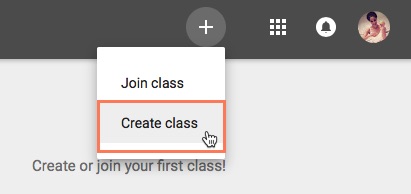
This will bring up a dialog box asking if you're planning on using Google Classroom at a school with students. Google Classroom requires schools to use G Suite for Education if their teachers plan to use it in their actual classrooms. This provides teachers and students with more privacy and security measures. If you're using Google Classroom for your own personal use, you won't need to worry about this.
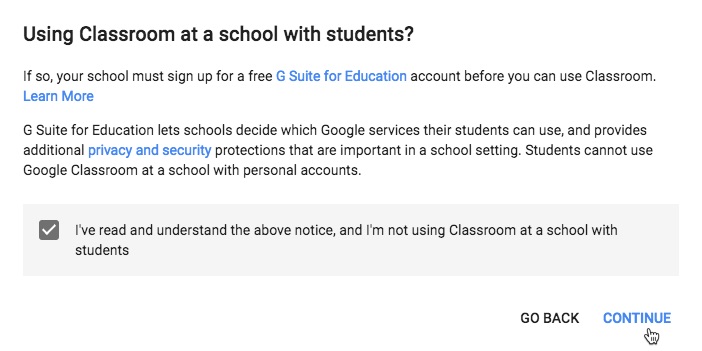
You'll then need to enter the name of your class. There's also the option to enter a Section, Subject, and Room if you're using Google Classroom in a school and want to include this information. When you're done, click Create.
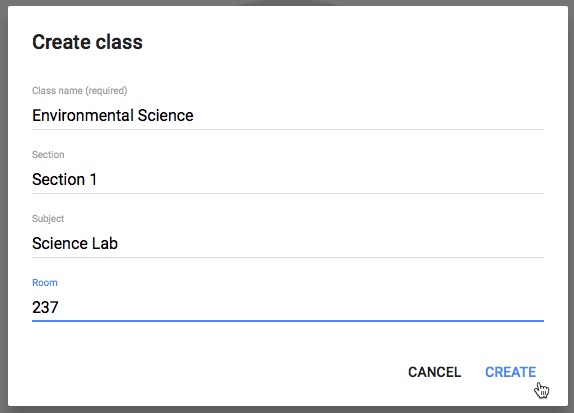
Once you've created a class, you'll be taken to that class' page.
Click the buttons in the interactive below to learn more about the Google Classroom interface.
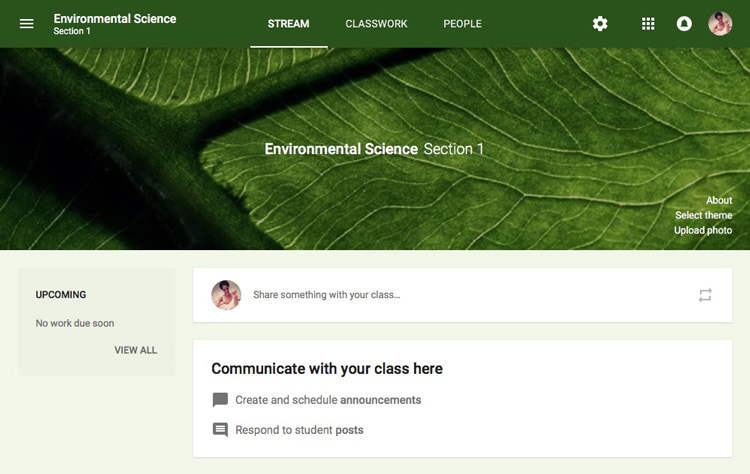
Once you've created your class, you'll need to add your students to it. One method you can use is to invite students via email. To do this, you'll first need to navigate to the People tab.
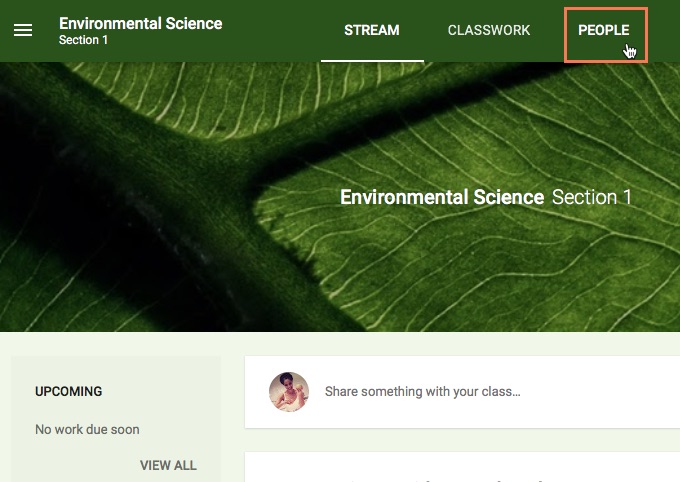
Click the Invite students icon.
This will bring up a menu where you can type your students' various email addresses. Once you've added these, click Invite.
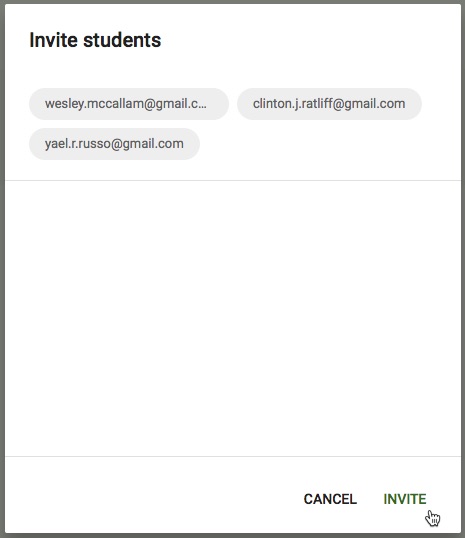
This will send an email to your students, with a link inviting them to join your online classroom.
The second option for adding students to your class is using a class code. This is a 5-digit code that anyone can use to join your class if you provide them with it.
To access it, first click the Class settings icon in the top-right corner.
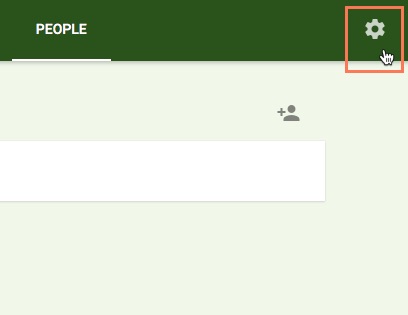
You'll find the class code under the General tab. From here, you can share your class code with your students however you'd like.
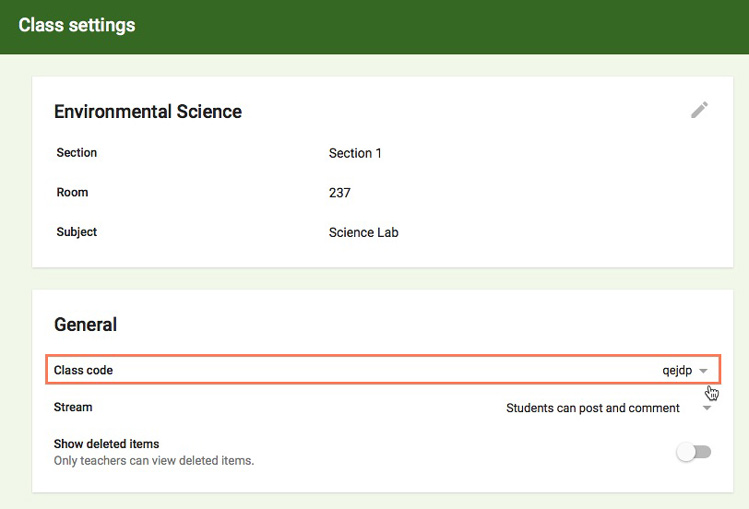
We hope this lesson gives you a better understanding of how you can use Google Classroom with your students. For more information, see our tutorials on Google Forms and Google Classroom.
/en/gcfteacherguides/additional-resources/content/